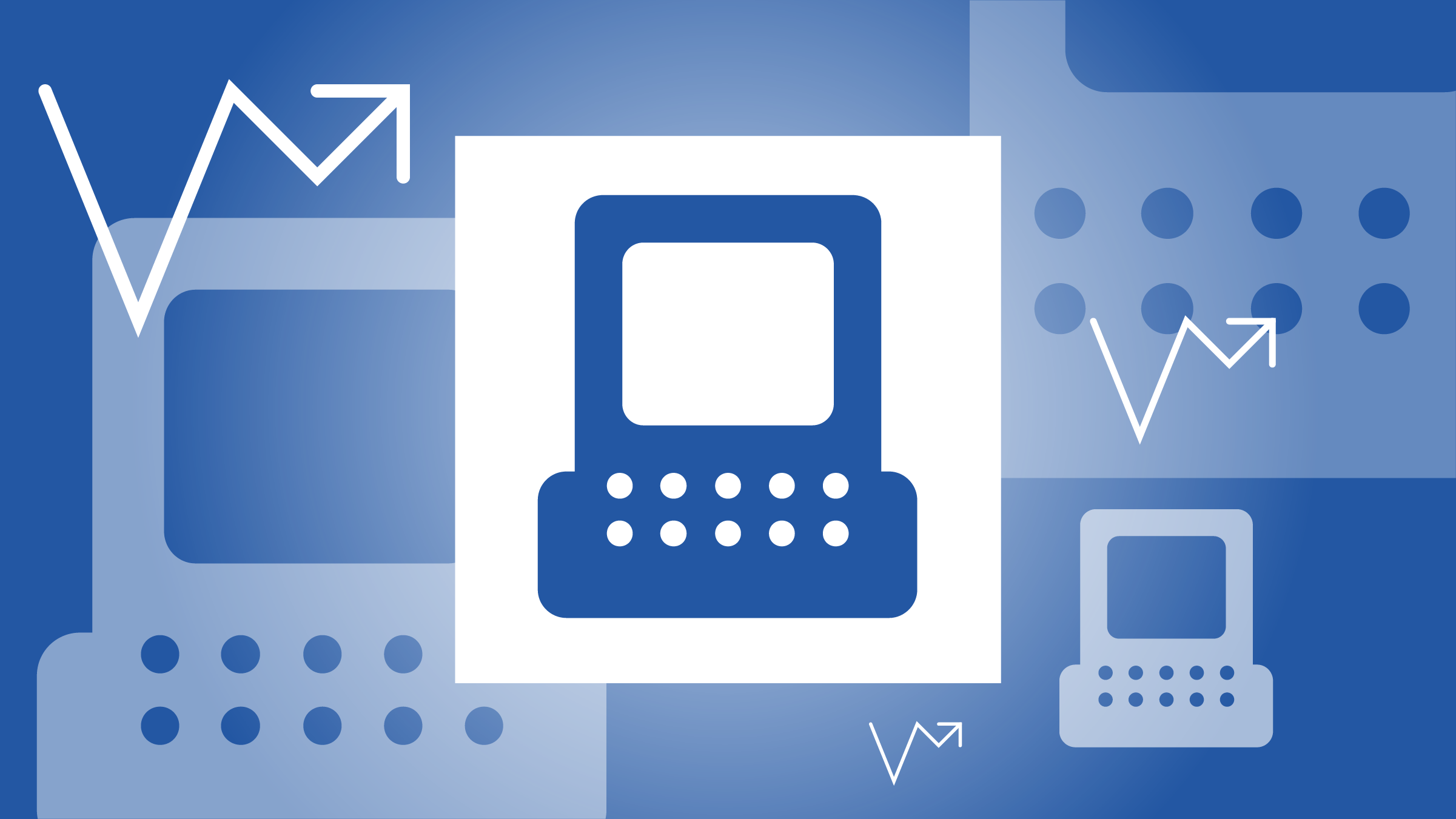It's a question that I've received a lot over the past few years, and it's a good one: If you're concerned about the prospect of rising interest rates crunching your bond fund, why not opt for individual bonds and hold them until maturity? Provided you purchase a bond from a creditworthy issuer, you can simply collect your income stream and then get your principal back when the bond matures, regardless of the interest-rate climate.
Bond-fund holders, by contrast, won't necessarily be assured a return of their principal, and the interest they receive from their bond funds could also fluctuate. The crucial difference is that the bond-fund manager, like an equity-fund manager, is overseeing a basket of securities whose value must be tallied each day; that value depends on the price of each of the securities in the portfolio at the end of that day. That means that the value of the portfolio could change even if the manager doesn't do a thing; the manager can also sell bonds prior to their maturity at a higher or lower price than what (s)he paid.
In a period of declining interest rates, which tends to make already-existing bonds with higher coupons attached to them more valuable than the new bonds with lower rates, bond-fund shareholders can see a bump-up in their principal values, even as they've had to contend with a decline in their take-home yields. On the flip side, a period of rising bond yields has the potential to depress the prices of already-existing bonds in a bond fund's portfolio, even if the manager is able to partially offset some of those price declines by swapping into higher-yielding bonds. Thus, a crucial difference with a bond fund versus an individual bond held until maturity is that with bond funds, there's a greater chance that your principal value when you sell will be different—for better or for worse—than the amount you put into the bond fund in the first place.
That, in a nutshell, is why so many investors have been touting the value of individual bonds versus bond funds lately. Given that interest rates have a lot more room to go up than they can go down at this point, there's an increased chance that the bonds in a bond portfolio will decline in value over the time that you own a fund. Individual bondholders won't have to contend with that same issue. If they invest £100,000 in a bond and the issuer makes good on its debt, the amount they put in is the amount they get back.
At the same time, it's unwise to derive a false sense of security from investing in individual bonds. Even if individual bond buyers are able to circumvent interest-rate risk by holding individual bonds until maturity, they may court risk on other fronts. Here are some of the key ones to bear in mind.
Research Challenges
You often hear professional management touted as a key virtue of open-end funds (i.e. OEICs and Unit Trusts), and this is arguably even more important in the realm of bonds than it is for equities. That's because, in addition to evaluating bonds' interest-rate sensitivities, bond-fund managers also spend time evaluating bond issuers' creditworthiness as well as other features of the bond. How healthy is the company, and in turn, how likely is it to make good on its debts? And if a company's financial health isn't completely ‘A-OK’, how much extra yield should you receive as compensation for taking the extra risk of buying its bonds?
Most top bond managers don't just take the rating agencies' word for whether an issuer is creditworthy or not; instead, they roll up their sleeves and assess companies' financial health on their own. Most brokerage platforms also provide basic comparative information about bonds, including maturity and credit quality information.
All the same, individual bond buyers may have difficulty finding reliable independent information about less-liquid bond issues from smaller entities, and they may also have trouble evaluating the features that are specific to that particular bond, such as whether it's callable and how much extra income they should receive if it is. And even if they're sticking with more liquid bond types, they may not have the time or inclination to conduct the research they need to assemble a well-diversified, high-quality portfolio.
Lack of Diversification
That brings me to another hurdle that individual bondholders face that fund-holders do not: the difficulty of building a well-diversified portfolio without a whole lot of money. Bonds are typically issued with face values of $1,000, but you may need to buy a block of several bonds to obtain decent pricing. To assemble an individual-bond portfolio that's reasonably diversified across market sectors, you would need to have a pretty good chunk of change; £100,000 is often bandied about as the minimum threshold for a portfolio of individual bonds to make sense over a bond fund. By contrast, bond-fund investors can, without a lot of money, readily obtain access to a diversified portfolio of bonds—corporate bonds, government bonds, asset-backed bonds such as mortgage-backeds—thereby reducing the damage that any one holding can inflict on their overall portfolios.
Trading Costs
In a related vein, individual bond buyers, particularly those without a lot of money to invest, can face high trading costs when transacting in individual bonds; even investors who are buying many thousands of pounds’ worth of bonds may face much higher bid-ask spreads than institutional buyers who are trading millions might pay. Those high bid-ask spreads occur when a bond buyer purchases a bond that's already trading on the market; as compensation for facilitating the trade, the broker-dealer will mark up the bond's price above where it's currently trading, and will purchase it back at a price below its current value. These bid-ask spreads will tend to be higher for smaller investors than larger ones, and can therefore eat into the smaller bond investor's take-home yield and total returns. Thus, even though the bond-fund manager levies a management fee, the manager may be able to make up that amount by swinging more favourable trading costs.
Lack of Flexibility
Finally, even though holding a bond to maturity can offer some protection from interest-rate hikes, individual bond buyers are giving something else up: the flexibility to swap into higher-yielding bonds as they become available. Even if interest rates trend up before their bonds mature, they'll have to stick with their lower-yielding bond until it matures if they want to receive their money back. The ability to easily and efficiently swap into higher-yielding bonds is an advantage that bond funds have that holders of individual bonds do not. This Vanguard research paper provides an illustration of how, even though bonds may decline in price as yields rise, the bond-fund investor will be able to make up at least part of that drop by obtaining higher yields on newly purchased bonds.
Takeaways
So which bond types can you safely buy individually and where should you use a fund? Morningstar's director of fixed-income research provides some guidelines in this video. He argues that smaller investors can safely buy individual Treasury bonds or gilts and high-quality corporates, but should consider a fund if they're delving into municipal bonds and lower-quality corporate bonds.
Morningstar provides institutional investors with credit ratings for more than 600 issuers.





























